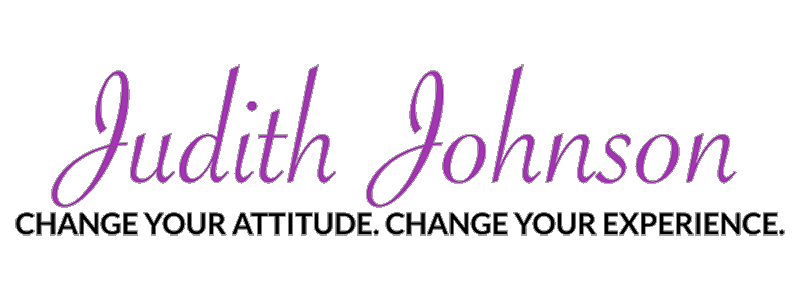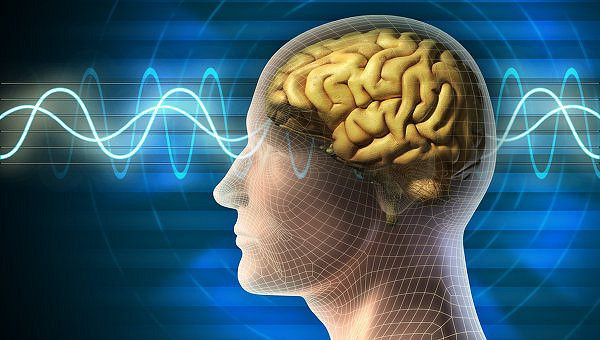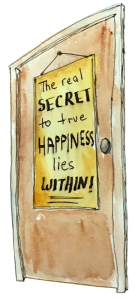Human consciousness encompasses the full, complex and multi-dimensional range of our awarenesses, perceptions, beliefs, thoughts, feelings, preferences and desires. It is the basis upon which we make choices and take action in our lives. Whether we pay attention to the fluid dance of our consciousness or not, whether we question our point of view or not, we move on creating, promoting and allowing what comes forward in our lives.
We are living in extraordinary times where human consciousness is concerned. Our sense of our individual selves, our collective identity and the complex interaction of our individual and collective attitudes, beliefs and sensitivities has become a fascinating field of study. Psychologists, leading edge biologists, physiologists, biochemists, neuroscientists, physicists, and others are all attempting to understand the complexities of human consciousness. Spirituality, psychology, and science are now working together to discover ever more subtle levels of connection between our bodies, minds and spirits as well as their respective and collective influences on our thoughts, feelings, and behaviors. Neuroscientists have discovered that repetitive thoughts form neural pathways as neurons that fire together get wired together. They use the term “neuroplasticity” to refer to the fact that our brains have the ability to change our synaptic wiring.
We live our lives sometimes being alert and aware of what is going on and other times running on autopilot with our forward momentum being determined by filters of how we responded to past experiences. We are quite literally creating our own reality through our beliefs, fears, hopes and dreams, either letting them operate unconsciously on autopilot or by directing them through conscious intentions.
When we are running on autopilot, we selectively perceive our experiences by interpreting them in a way that is in alignment with our existing beliefs, fears, hopes and dreams. This in turn causes our expressions to be self-fulfilling prophesies of our mindset. Over time, when we are running on autopilot, new experiences simply serve to validate and reinforce our existing way of being in the world — our autopilot responses to future experiences.
Here is an example of how running on autopilot works. Let’s say that an individual has a belief that she is not good enough to be loved. Unless and until she becomes aware of the fact that she holds this belief, it will run in her consciousness on autopilot affecting her thoughts, feelings and behaviors. The thoughts that flow from this belief will be self-deprecating, like “nobody loves me” and “all the other girls are prettier than I am.” On a sensory level, without an effective intervention in this belief cycle, she is likely to feel very sad and eventually depressed. Her behaviors will likely include self-isolation, rejection of herself as “not good enough” or rejection of others as “thinking they are so great.” Waves of similar thoughts, feelings, and behaviors flow through her until her way of being in this world is a fait accompli of her belief.
The good news is that somewhere along the line she may be given the opportunity to see herself in a different light and to choose to support that new perspective with different thoughts, feelings and behaviors until she establishes a new way of being and perceiving herself. For example, let’s say she reads a book that sparks the idea that she is not thinking very highly of herself. She may decide she’d like to change that and starts to notice that she is always thinking negatively about herself and feeling unlovable and as though she doesn’t fit in. She gets the idea to keep track of every time she notices those thoughts and feelings each day and to begin to respond to them with a different point of view. Perhaps she works with an affirmation like “I am lovable and I am loved” that she repeats every time she notices the negativity. This will likely kick up a bit of a dialogue in her mind between the old and new thoughts. If she persists, eventually the new sense of self will gain momentum and she will be set on a path of new feelings and actions emerging from her more positive sense of self until it becomes established as her new way of being.
Autopilot is not all bad. For example, when we establish healthy habits like eating right, exercising, getting enough sleep and having a healthy sense of self, we can put them on autopilot and not think about them unless and until we have the need to change them. However, autopilot can get us in trouble if we have negative patterns running us and we aren’t even aware of it. The degree to which we allow our negativity to run on autopilot (without conscious awareness) is the degree to which we are powerless over it. In order to take ownership of the quality of our lives, we need to create awareness in the present moment in order to have the power to make different choices. Until then, we are as actors, playing our parts in a drama woven out of our illusions.
Clearly, it would be exhausting to be conscious of everything that happens to us. So, autopilot is essential. However, in those times when we become aware of the fact that we are caught in negativity and want to change that, creating through conscious intention is our path to freedom.
When we create through conscious intention, we either affirm or alter our existing beliefs, fears, hopes and dreams based on newly encountered input. This causes different thoughts and feelings, which in turn result in new behaviors and ways of being and experiencing our lives. We have the ability to consciously direct our thoughts and feelings through the power of intention, thus taking a far more active role in creating, promoting, and allowing what we have in our lives.
It can take great patience and repetitive action to recognize and change imbedded beliefs to improve the quality of our inner lives. But, it is well worth it!
The state of our consciousness forms the bedrock upon which the dramas of our lives unfold. When our perceptions of ourselves, others and the world we live in are based on little or no conscious awareness and intention to create greater health and well-being, our lives are defined by the autopilot recycling of our thoughts, feelings and behaviors. We exist in a veiled state where our experiences are automatically filtered through our attitudes, judgments, illusions, delusions, memories, and memory patterns, thoughts, feelings, fears, hopes, and dreams. Within the privacy of our own consciousness — in the theater of our mind — we create our own sense of reality, which we inhabit as our role in the great drama of life. It is a complex structure, like a skeletal system for our consciousness.
To step into the process of creating our lives through conscious intention, unencumbered by all of this is to simply be free and authentic, with a sense of personal accountability and responsibility for our own creations. The act of intention creates momentum and the elevation of our consciousness takes place on the energy of our intentions.
When our consciousness is present in the moment, we live in our authenticity, encountering and integrating our new experiences, open to change and alteration as appropriate. There becomes a fluidity and aliveness to our experiences rather than a rote repetition of the past. We let go of our story, as we awaken to the magnificence of the presence of each moment of which we are a part. We learn to live from a deep place of resonance and truth within ourselves with an internal rather than an external focus of our attention.
Indeed, we are each responsible for how we use our consciousness. Wouldn’t it be wonderful to see a stream of courses in our education system that empowered us to understand how our consciousness works?
If you would like to know more about me and my work, please explore my website here.
Also, if you know anyone who might get value from this article please email or retweet it or share it on Facebook.






